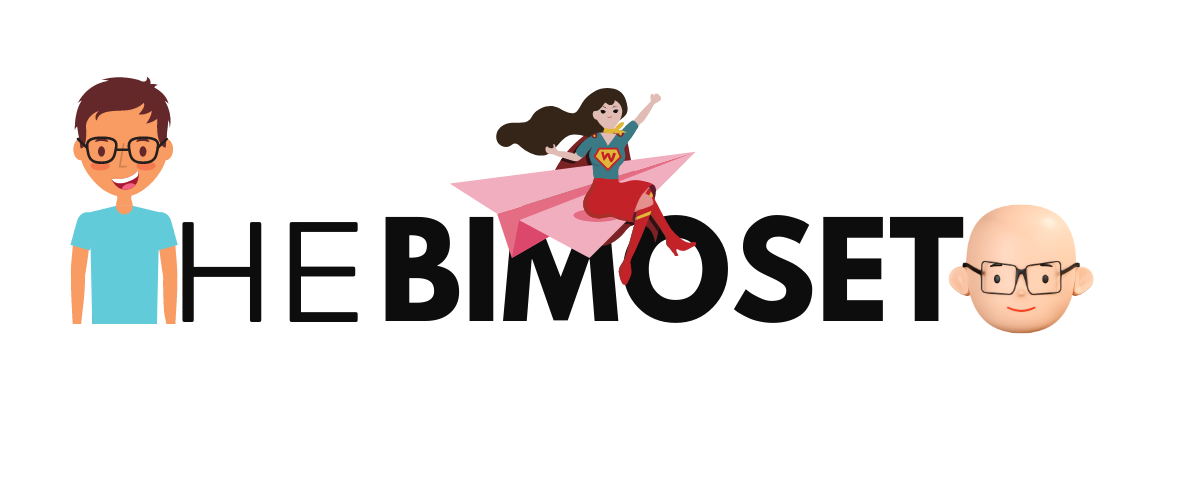In an increasingly noisy world, noise-cancelling headphones have emerged as a sanctuary for many. They promise blissful tranquility, whether you’re commuting, working, or simply relishing your favorite music or podcasts. However, understanding how to maximize their potential is crucial for truly unlocking the serenity they offer. 
This guide will explore how noise-cancelling headphones work, their benefits, limitations, and tips for ensuring the best experience.
Understanding Noise-Cancelling Technology
How Noise-Cancelling Headphones Work
Noise-cancelling headphones primarily use two technologies: Active Noise Cancellation (ANC) and Passive Isolation.
-
Active Noise Cancellation (ANC): This technology uses built-in microphones to pick up ambient sounds, and then produces sound waves that are the exact opposite (or out of phase) to cancel them out. It is most effective against low-frequency noises like the hum of an airplane engine. This process relies on a principle called destructive interference, where opposing sound waves reduce the overall sound perceived by the listener.
-
Passive Isolation: Unlike ANC, passive isolation physically blocks sound by using materials that envelop the ears to stem noise. Over-ear and in-ear designs are potent for this purpose and can effectively reduce higher-frequency sounds like voices and sudden noises.
When Noise-Cancelling Technology Works Best
While ANC excels at reducing consistent, low-frequency sounds, it struggles with fluctuating, higher-frequency noises, such as conversations or sharp sounds (e.g., a dog barking or a door slamming). A combination of ANC and passive noise isolation provides the most comprehensive solution for a variety of sound environments.
Benefits of Using Noise-Cancelling Headphones
Enhanced Listening Experience
Noise-cancelling headphones improve the listening experience by allowing you to hear audio content without raising the volume excessively, thus minimizing potential hearing damage. For travelers, they can make long flights bearable, and for those working in bustling environments, they can create a focused atmosphere.
Useful for Specific Audiences
Certain groups of individuals benefit significantly from noise-cancelling headphones. For instance, people with conditions like ADHD or autism often find relief from auditory overstimulation. Additionally, they can aid those suffering from insomnia by providing a quieter environment conducive to sleep.
Limitations and Considerations
While noise-cancelling headphones are effective, they have limitations. Understanding these can help you set realistic expectations:
-
Not Complete Silence: Even with ANC activated, complete silence isn’t achievable. High-frequency noises and sudden sounds may still seep through.
-
Eardrum Pressure: Some users report discomfort, akin to pressure in the ears, known as "eardrum suck." This sensation varies by individual and headphone model.
-
Hearing Safety: It’s essential to recognize that using noise-cancelling headphones while driving or in potentially hazardous situations can impair awareness of surroundings. Thus, caution is advised.
-
Interference from Environment: If conditions are not favorable (e.g., constant switching between high and low frequencies), the noise cancellation might not perform optimally.
Tips for Optimal Use
Choose the Right Headphones
Selecting headphones tailored to your needs is crucial:
- For Frequent Flyers: Invest in high-quality ANC headphones, which are particularly effective against the low, droning sounds of airplane engines.
- For Office Environment: Look for headphones with effective passive isolation if conversations are the primary distraction.
- Budget Options: Consider passive headphones or foam-tipped earbuds, which can adequately filter out high-frequency sounds without the extra cost of ANC.
Maintain Proper Fit and Positioning
Wearing headphones correctly will enhance their noise-cancelling efficacy. Ensure that earcups create a snug fit and consider adjustable models to find the most comfortable position.
Use Complementary Noise Masking Techniques
If ANC alone isn’t cutting it, enhance your auditory environment with:
- White Noise Machines: These can mask external distractions effectively.
- Apps Providing Ambient Sounds: Sounds of rain, ocean waves, or similar can be soothing and assist in creating a calm ambiance.
Limit Settings for Efficacy
Avoid using the noise-cancelling feature in quiet environments where it has less ambient sound to combat. This ensures that you’re utilizing the headphones only when they’re most effective.
Conclusion
Noise-cancelling headphones can be invaluable tools in achieving a peaceful auditory environment. By understanding the technology behind them, recognizing their benefits and limitations, and implementing the right practices, you can unlock their full potential. Whether you’re working amidst distractions, commuting, or seeking rest, the right pair of noise-cancelling headphones can guide you to a more serene experience.
————————————————————————
Follow the Bimoseto family as we explore the world, one delicious dish at a time! Get our travel tips, restaurant recommendations, and adventure stories – and get inspired for your journeys!
